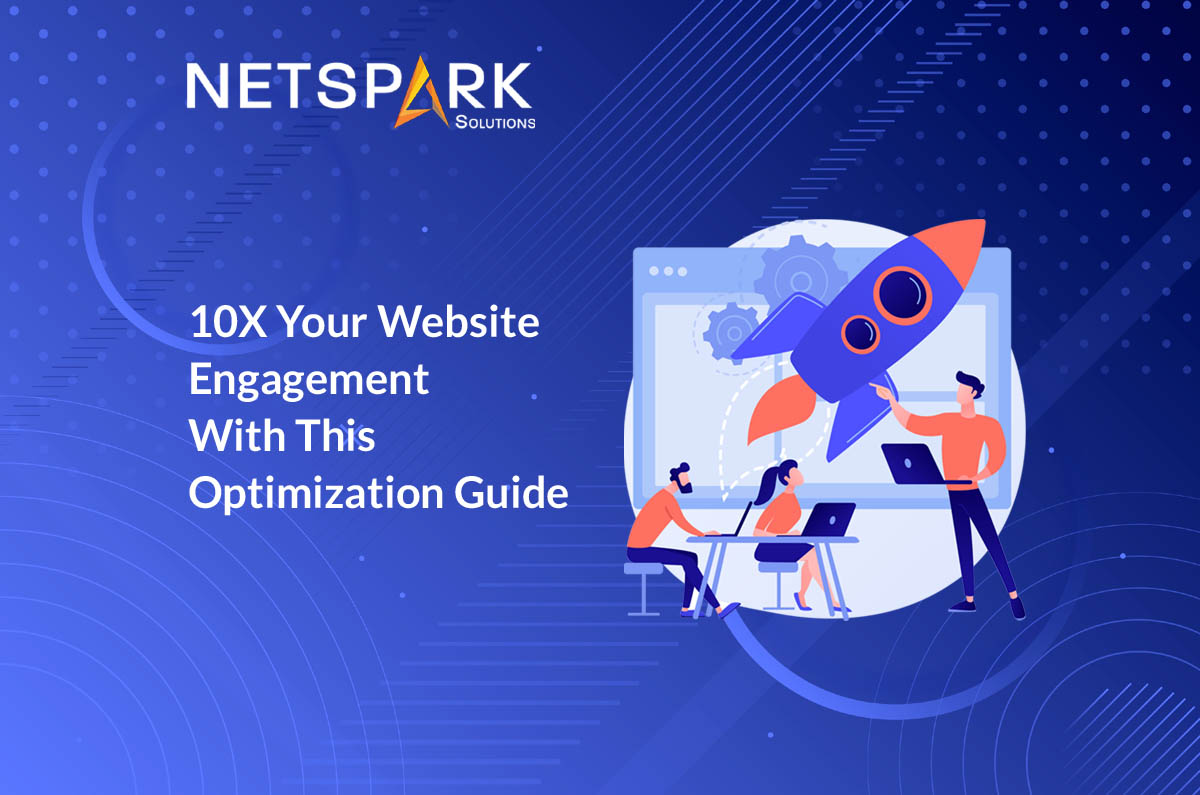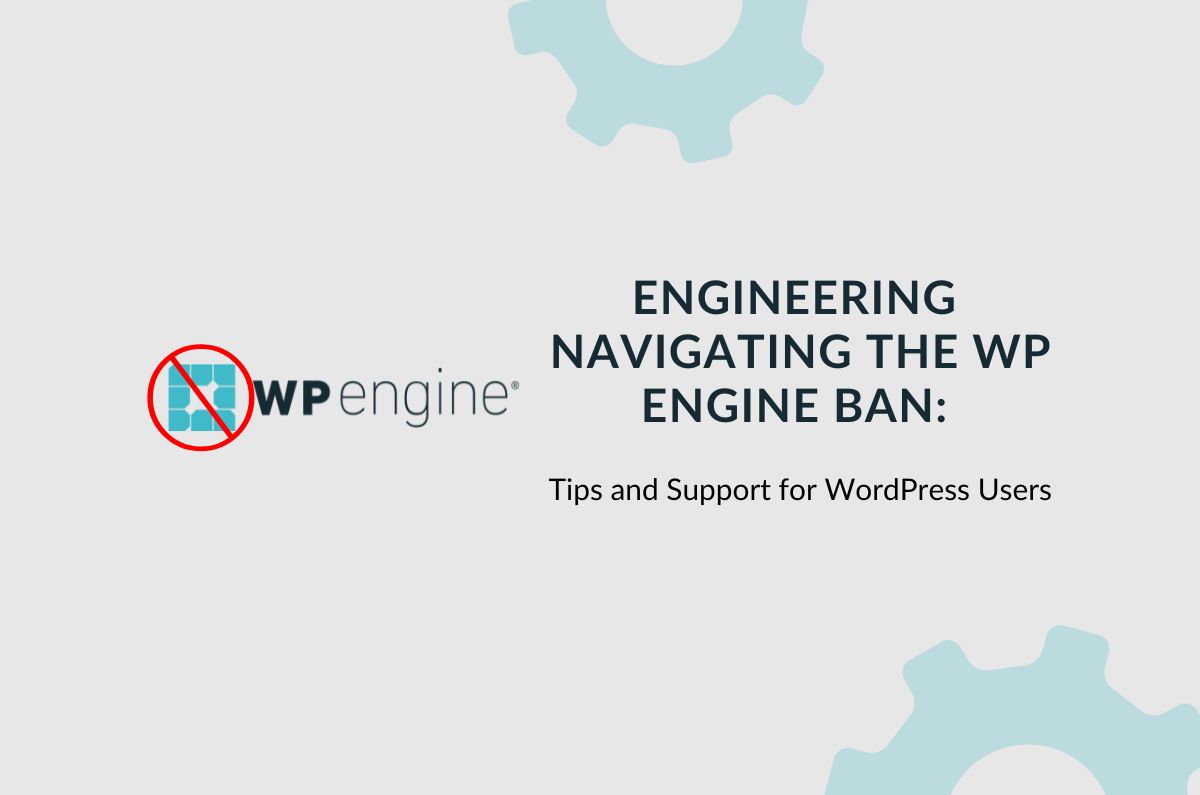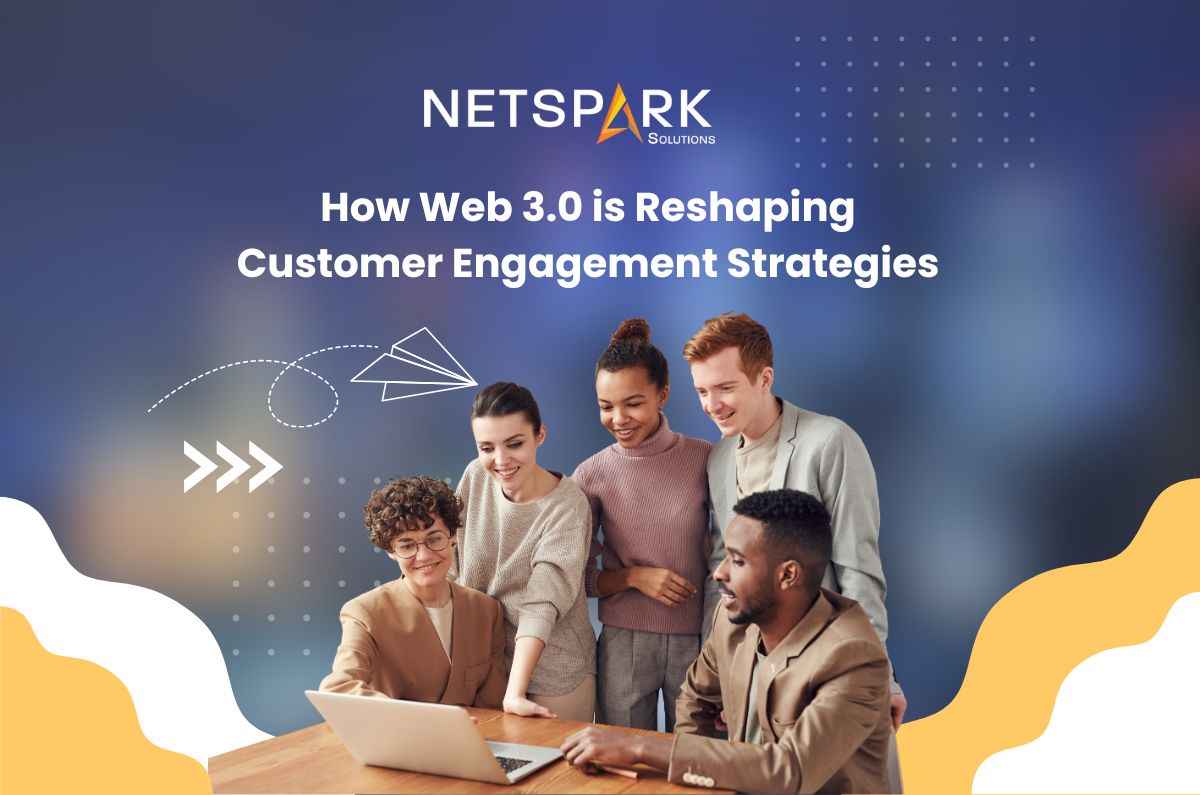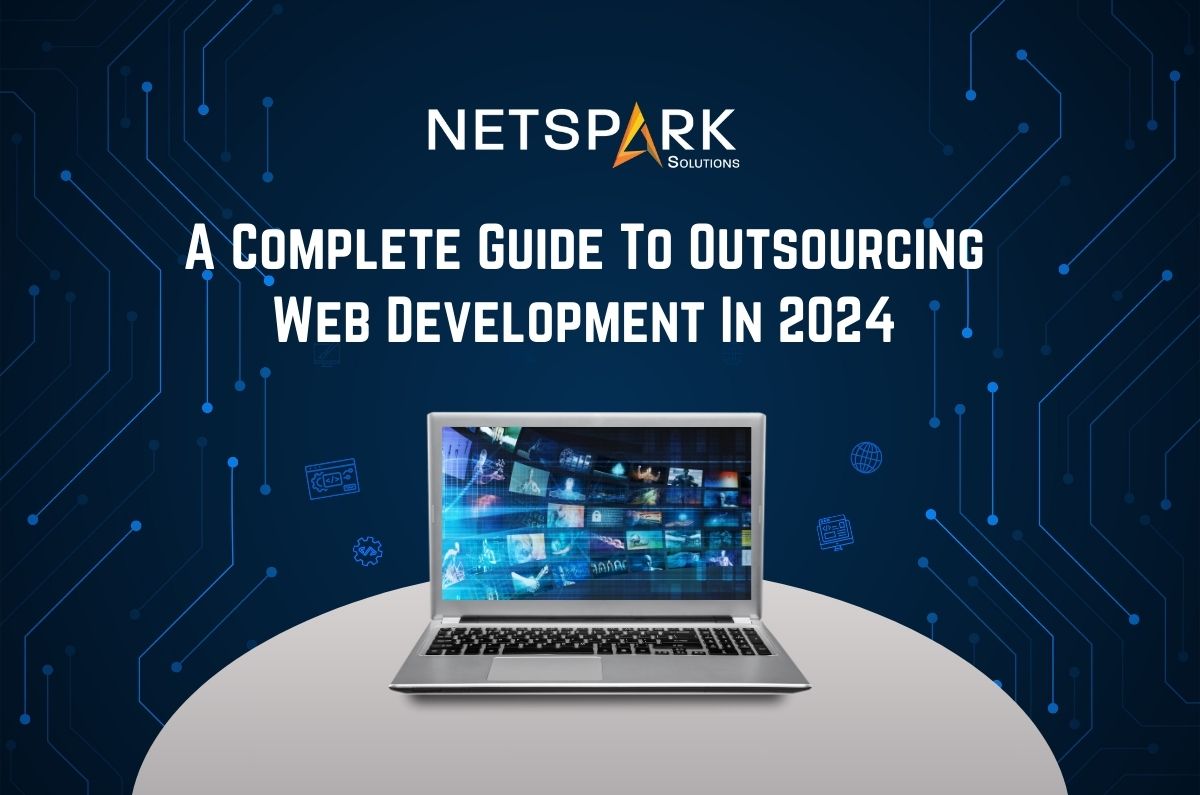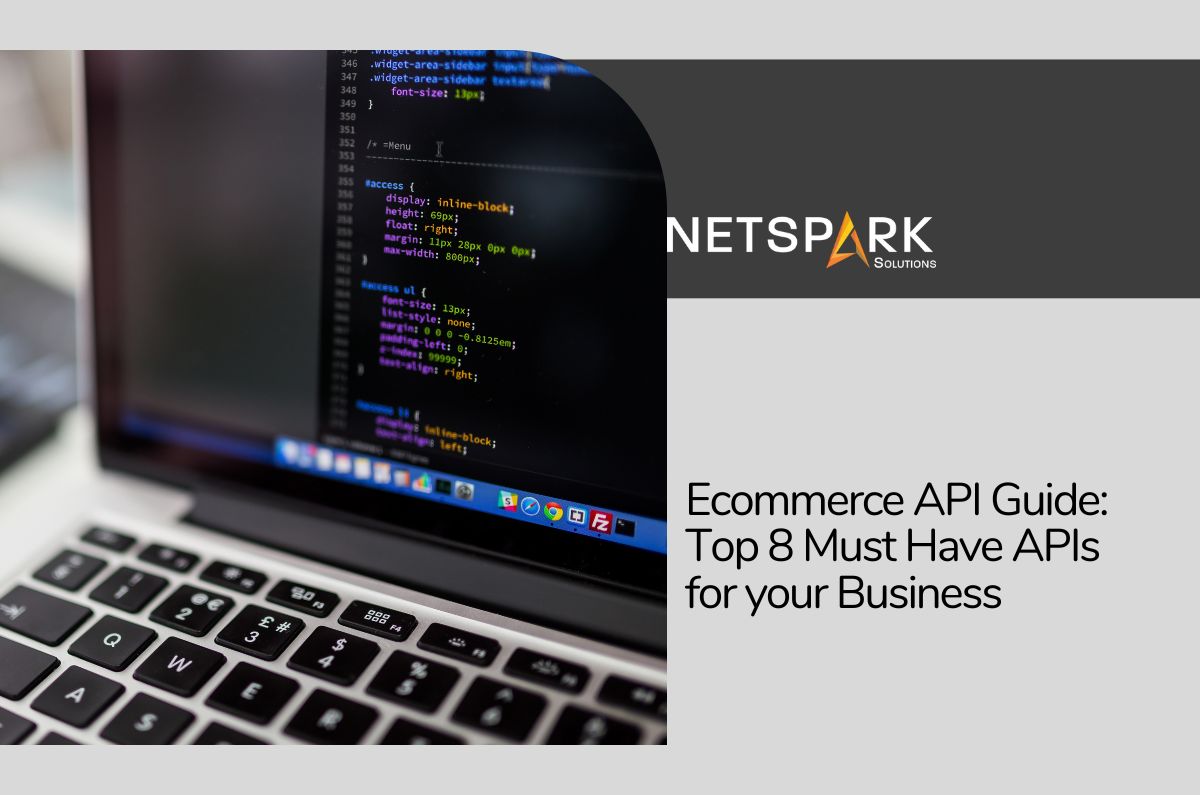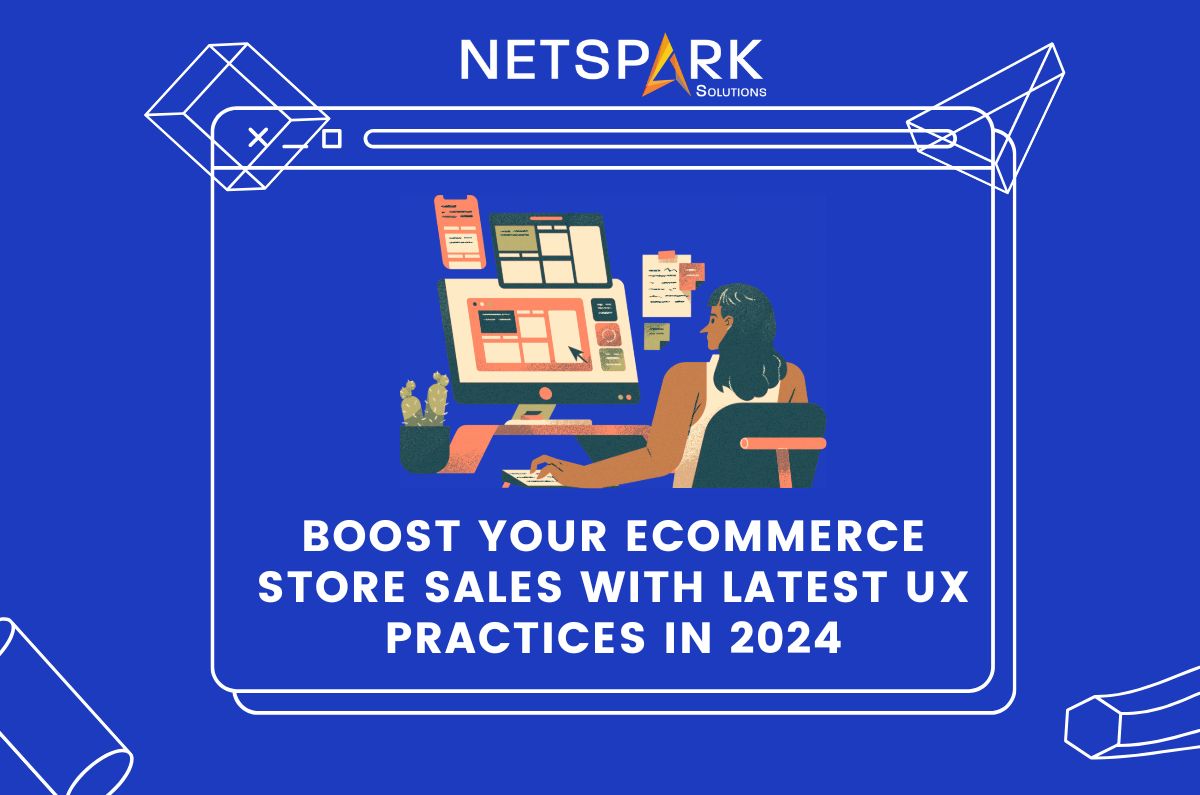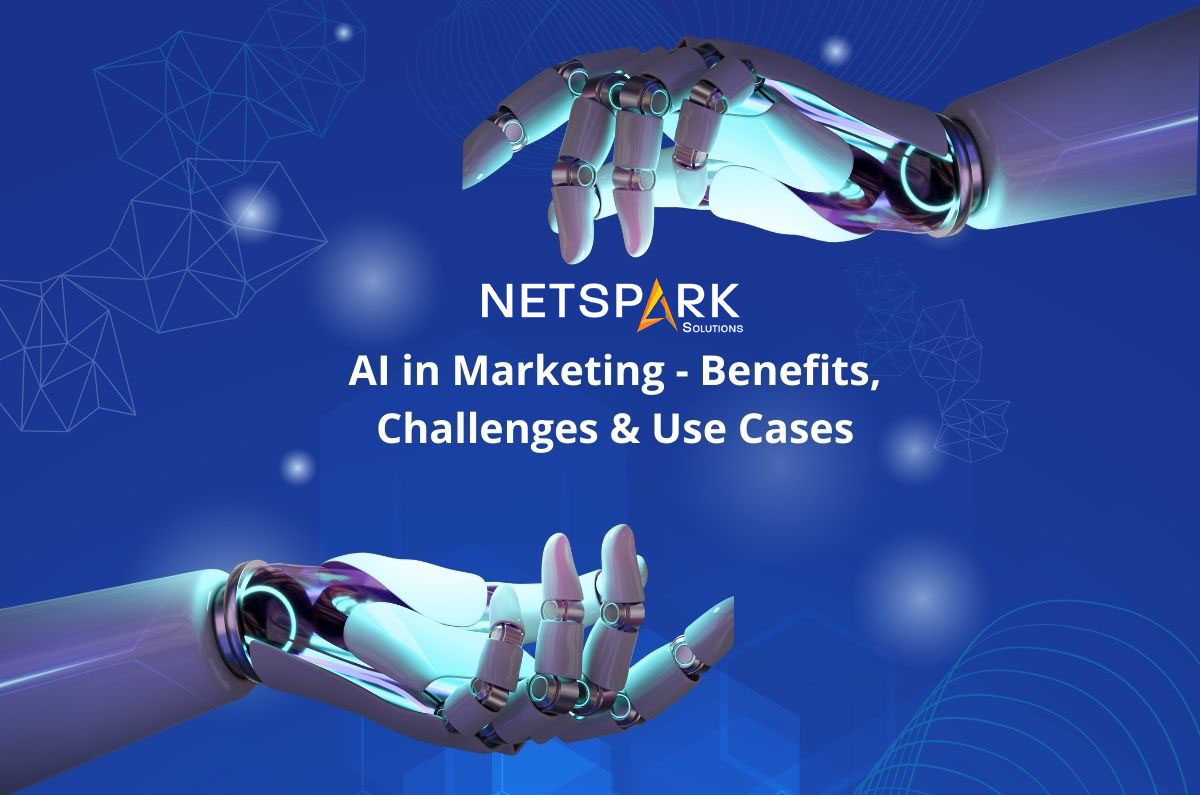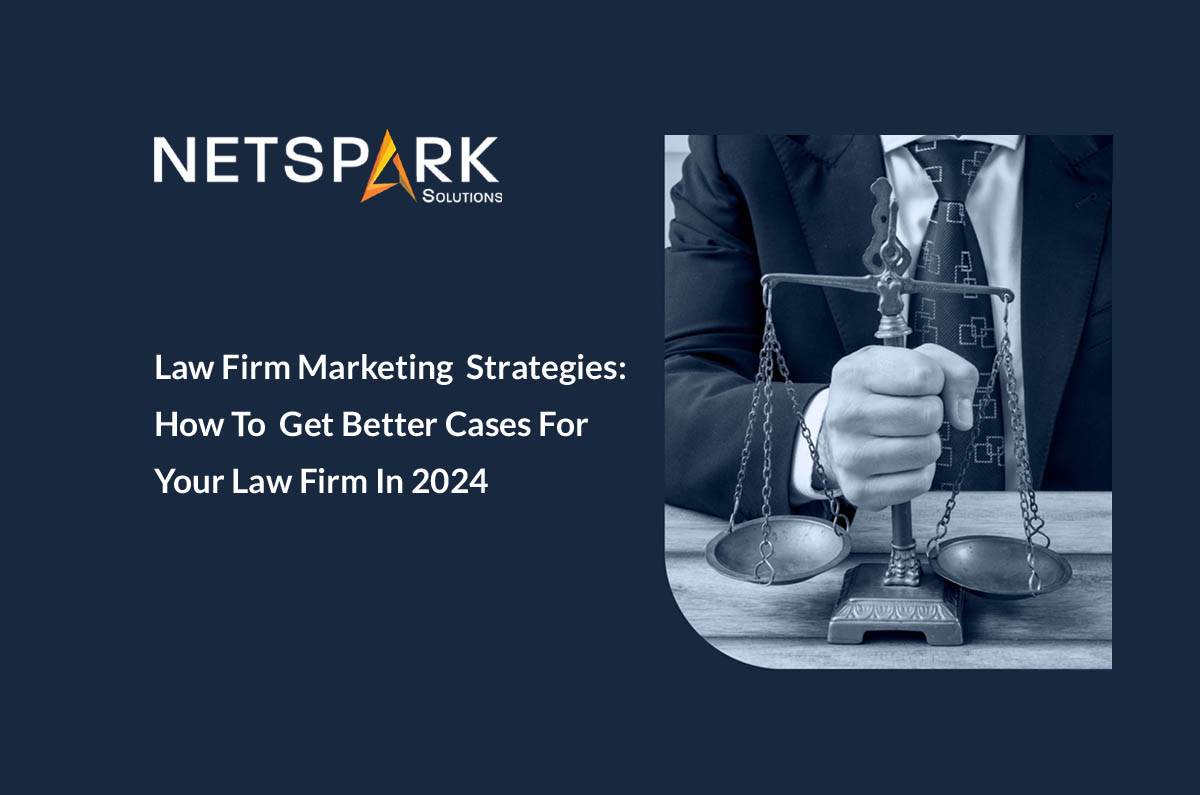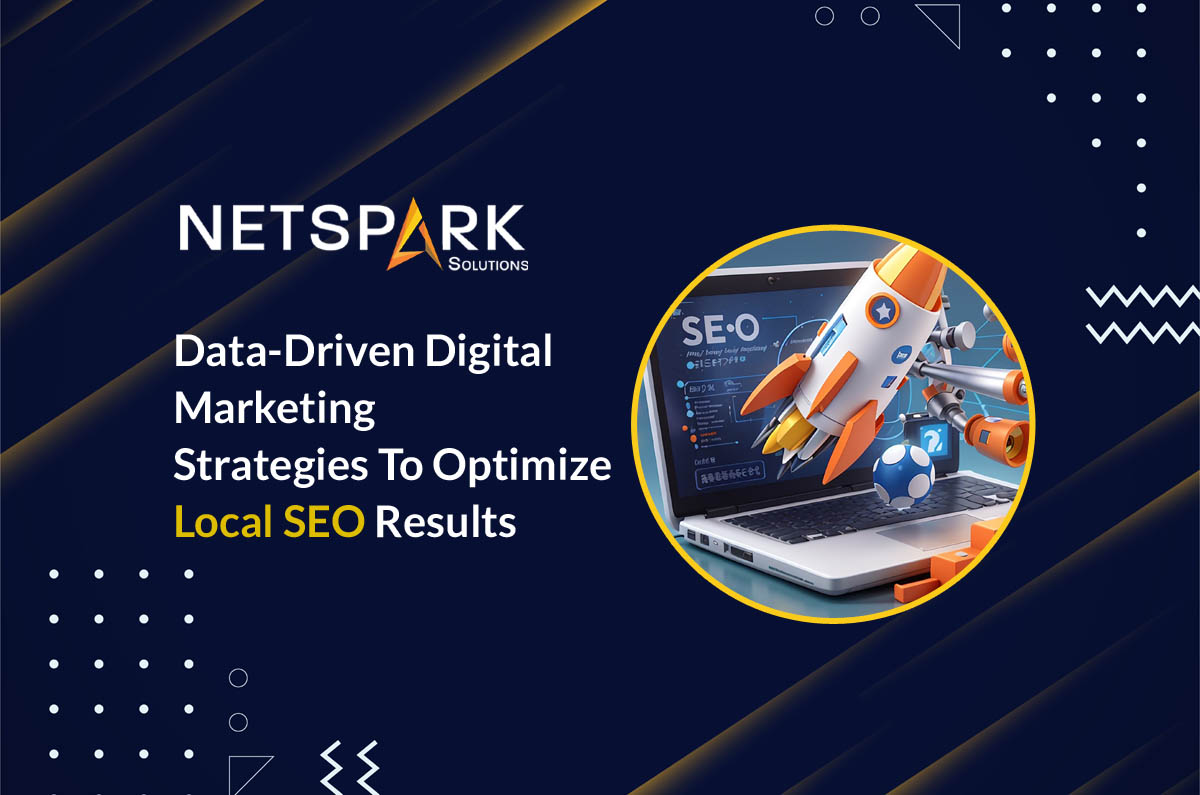Poor website performance can no longer be the reason behind your company’s slow business growth. In today’s digital landscape, businesses must invest in regular website optimization to keep the website up and running.
Your website’s performance will play a vital role in whether you convert potential leads or not. Additionally, strong website performance allows businesses to turn one-time customers into long-term recurring clients. Optimizing a website is all about multiple tests and trials. Since customer dynamics are always changing, it’s crucial to transform website design that caters to your specific audience base.
To make your job easier, we have compiled a detailed optimization guide to improve website engagement and turn one-time visitors into potential customers. So, without any further ado, let’s dive in.
1. Opt For A Responsive Design
A responsive design is indispensable for a website in today’s digital era. The ubiquity of mobile devices necessitates a design that seamlessly adapts to various screen sizes, providing a consistent and user-friendly experience. Beyond enhancing user experience, a responsive design contributes to improved search engine optimization (SEO) by prioritizing mobile-friendly websites in search results.
This not only boosts visibility but also increases the likelihood of higher click-through rates. From a practical standpoint, maintaining a single responsive website proves more cost-efficient than managing separate versions for desktop and mobile.
Moreover, responsive designs future-proof a site, effortlessly accommodating new devices with varying specifications. Faster page loading times, increased conversion rates, and enhanced accessibility further underscore the importance of responsive design, making it a fundamental aspect of successful web presence in the dynamic digital landscape.
2. Improve Page Loading Speed
Search engines, such as Google, consider page speed as a ranking factor. Websites that load faster are more likely to appear higher in search engine results, increasing visibility and attracting more organic traffic. This can have a direct impact on a website’s overall search engine optimization (SEO) performance.
Moreover, faster page loading times contribute to better mobile experiences. As an increasing number of users access websites on mobile devices, optimizing for quick loading ensures a seamless and responsive experience across various platforms, leading to improved accessibility and user satisfaction.
From a business perspective, improved page loading speed positively correlates with higher conversion rates. Visitors are more likely to engage with content, complete transactions, or take desired actions when they experience swift and efficient website performance. This, in turn, can directly impact the bottom line and contribute to the overall success of an online presence.
3. Build A User-Friendly Navigation
A user-friendly menu structure with clear and concise labels ensures an intuitive browsing experience. Well-placed call-to-action buttons guide visitors to specific actions, boosting engagement.
Responsive design, catering to various devices, contributes to positive user experiences. A robust search functionality aids users in quickly finding desired content. Breadcrumb navigation provides clarity on page hierarchy, facilitating easy navigation. Organizing content logically and presenting it in a sequential order enhances the overall flow of information.
User-friendly URLs and a clutter-free design contribute to a seamless browsing experience. Fast page loading times are imperative to prevent user frustration. Regularly gathering user feedback and analyzing analytics inform ongoing improvements, ensuring a website that not only attracts but also keeps users engaged with its content and offerings.
4. Compelling Headline and Content
Compelling content and headlines are paramount for website engagement because they serve as the digital welcome mat for visitors, enticing them to delve deeper into what your website has to offer.
A captivating headline grabs attention, sparking initial interest and curiosity. Once hooked, compelling content sustains that interest, providing valuable information, solving problems, or entertaining the audience. Well-crafted content establishes your brand’s voice, expertise, and credibility, fostering a connection with visitors.
Engaging headlines and content not only keeps users on your site but also encourages social sharing, driving organic traffic and expanding your online presence. In an era where attention spans are fleeting, the ability to captivate and retain your audience through compelling content and headlines is the linchpin to successful website engagement, conversion, and ultimately, building lasting relationships with your audience.
5. Personalized User Experience
Implementing personalization features based on user behavior or preferences is a strategic imperative for optimizing the user experience on a website. By leveraging data on how users interact with the site, such as their browsing history, search patterns, and preferences, a website can dynamically tailor content and recommendations to individual visitors.
Personalized recommendations enhance the relevance of suggested products, services, or content, increasing the likelihood of user engagement and conversions. Targeted content ensures that users encounter information that aligns with their interests, creating a more customized and enjoyable browsing experience.
Incorporating personalized greetings, whether through welcome messages or tailored notifications, adds a human touch, fostering a sense of connection and making users feel valued. This level of personalization not only enhances user satisfaction but also contributes to increased loyalty, as visitors are more likely to return to a website that consistently caters to their specific needs and preferences.
Ultimately, the implementation of personalization features not only enhances the efficiency of content delivery but also establishes a more meaningful and engaging relationship between the user and the website.
6. Utilize A/B Testing
Conducting A/B testing on different elements of your website, such as headlines, call-to-action (CTA) buttons, or images, is a strategic approach to refining and optimizing user engagement. A/B testing involves presenting variations of these elements to different segments of your audience and analyzing the performance metrics to discern which versions resonate most effectively.
This iterative process provides invaluable insights into user preferences and behaviors, allowing you to make data-driven decisions to enhance your website’s effectiveness. For instance, experimenting with different headlines helps identify the messaging that captures attention and aligns with audience interests.
Testing variations of CTA buttons can unveil the most compelling language or design that encourages user action. Similarly, exploring diverse images allows you to understand the visual elements that resonate best with your target audience. By systematically evaluating the results of A/B tests, you can refine and optimize your website elements, ultimately creating a more user-centric and engaging online experience tailored to the preferences and behaviors of your audience.
Conclusion
This optimization guide serves as a comprehensive roadmap to elevate your website engagement to new heights. The commitment to optimization is an ongoing process that pays dividends in increased user satisfaction, brand loyalty, and ultimately, the success of your online presence. the key is to stay attuned to your users’ needs and preferences, utilizing analytics and feedback to guide these ongoing improvements.
Reach out to a professional web development agency to revamp, rebuild, and optimize your website for website engagement. Click here to schedule a call with our expert web development team.

